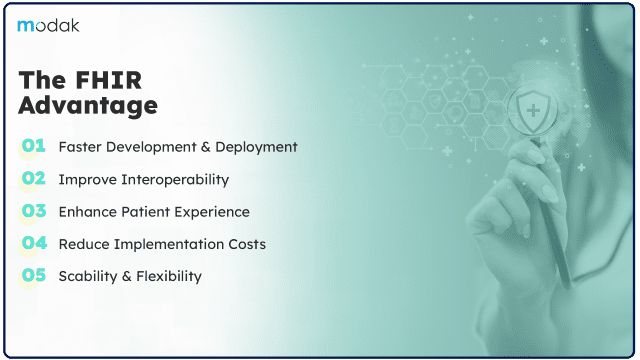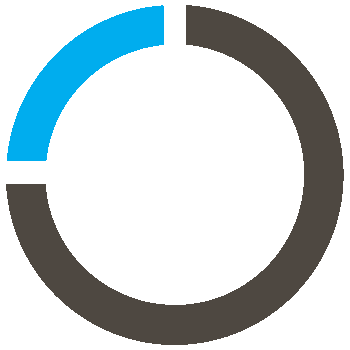Imagine a healthcare ecosystem where a patient’s medical history seamlessly flows between doctors, hospitals, and even the patients themselves. Fragmented systems and outdated communication protocols have long been obstacles to this vision, hindering collaboration and ultimately impacting the quality of care. However, a beacon of hope has emerged: FHIR (Fast Healthcare Interoperability Resources).
Think of FHIR as a universal language for healthcare data exchange. Unlike its predecessors, FHIR leverages modern web technologies like JSON and XML. This familiarity for developers translates to faster development cycles and streamlined implementation compared to traditional HL7 methods. This not only reduces costs but also paves the way for faster adoption of FHIR functionalities.
The true power of FHIR lies in its ability to foster seamless data exchange between disparate healthcare systems. Traditional methods often resulted in data silos, where valuable patient information remained trapped within individual systems. FHIR establishes a common language, allowing these systems to “speak” to each other effectively. This interoperability unlocks a range of benefits:
- Improved Care Coordination: With a holistic view of a patient’s health history, providers can collaborate more effectively, leading to more informed decisions and better care plans.
- Enhanced Patient Experience: Faster data exchange empowers patients to take a more active role in their health journey. They can access their medical records with ease and share them readily with different healthcare providers.
- Reduced Costs: Streamlined development processes and faster implementation translate to significant cost savings compared to traditional HL7 methods. Additionally, improved care coordination can minimize unnecessary tests and procedures.
Beyond cost savings and improved workflows, FHIR’s modular design offers a future-proof solution. As healthcare needs evolve, FHIR’s flexibility allows for easier scaling and adaptation. This ensures the solution remains relevant and effective in the ever-changing healthcare landscape.

FHIR R4 and Beyond
FHIR R4 has become the go-to standard for healthcare data exchange, and it’s everywhere – from 2020 patient access APIs to new government regulations kicking in by 2027. Why? Because FHIR makes it easy for different systems to talk to each other, which is key to better care and unlocking the power of patient information.
But FHIR isn’t done evolving. It’s constantly being improved based on user feedback, with new features and capabilities all the time. This ensures FHIR stays at the forefront of data sharing in healthcare. By keeping an eye on these advancements, healthcare organizations can make the most of this powerful tool.
Navigating the FHIR Journey
The road to a fully connected healthcare ecosystem paved with FHIR can seem daunting. Fortunately, a variety of tools and resources are available to help organizations make a smooth transition. Here are some key considerations for a successful FHIR implementation:
- Prioritize Efficiency: Look for solutions that leverage modern technologies and streamlined workflows to minimize development time and resources needed.
- Focus on User Experience: Intuitive interfaces not only simplify the adoption process for healthcare professionals but also empower patients to actively engage in their care.
- Seek Guidance from Experts: Partnering with experienced professionals can provide valuable insights and support throughout the implementation journey.
There are solutions designed to simplify the process and maximize the benefits of FHIR implementation. By carefully evaluating these options and embracing best practices, healthcare organizations can unlock the full potential of FHIR and achieve a truly connected healthcare ecosystem. This collaborative environment, fostered by seamless data exchange, will ultimately lead to a future of better patient care and improved health outcomes.

